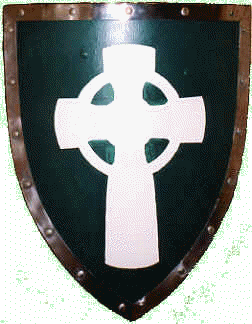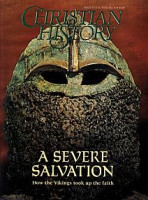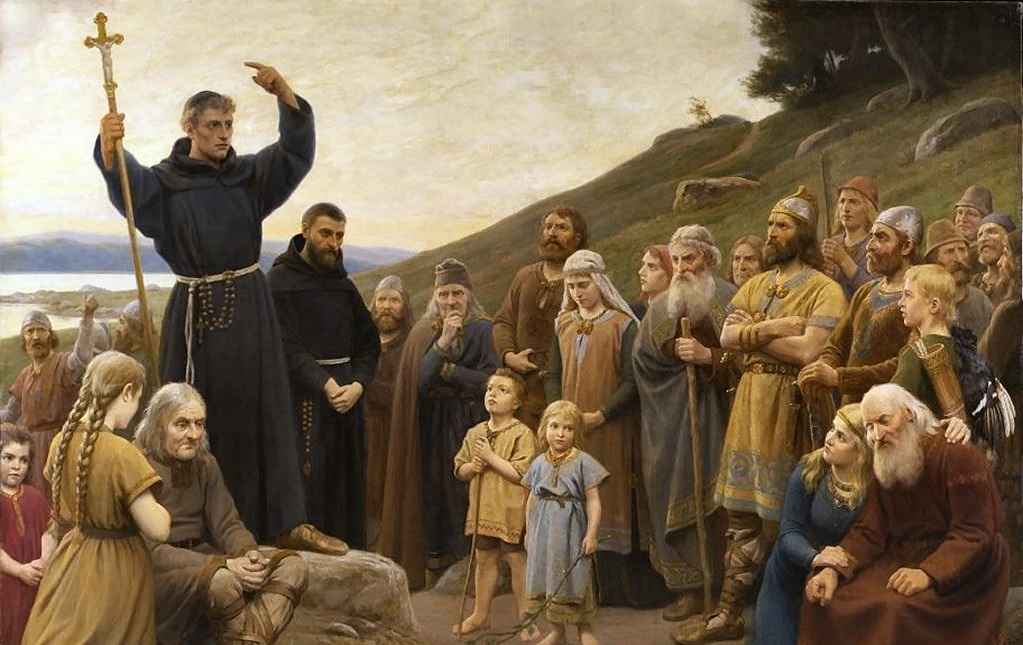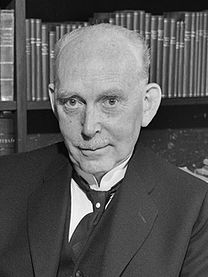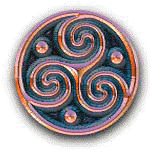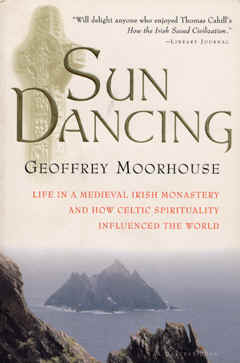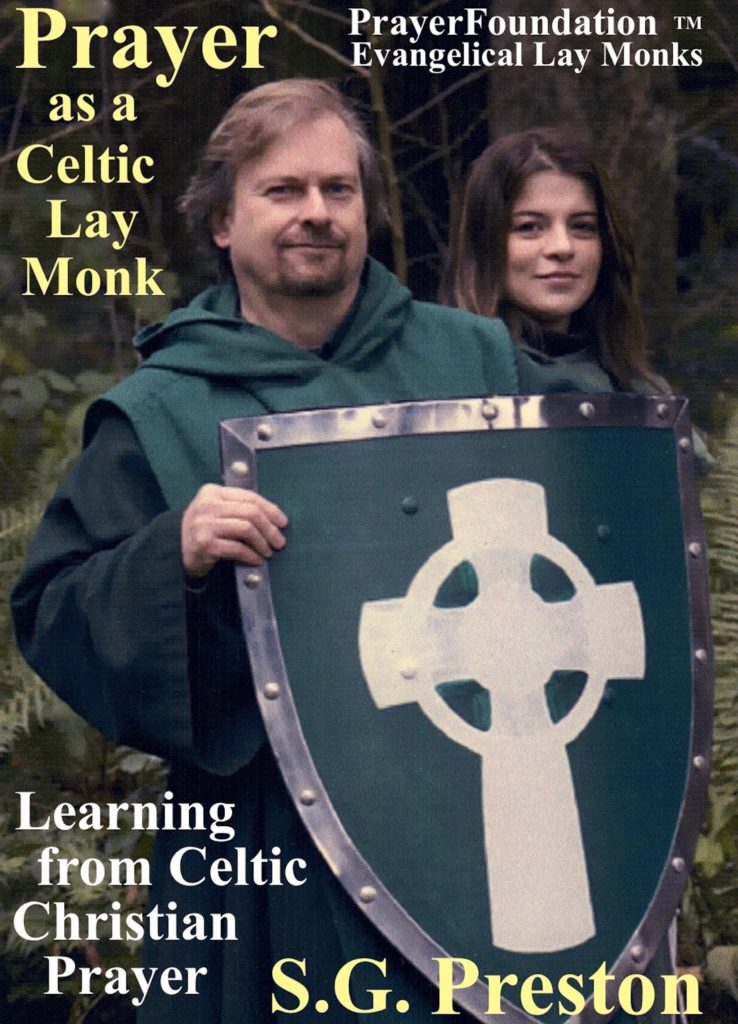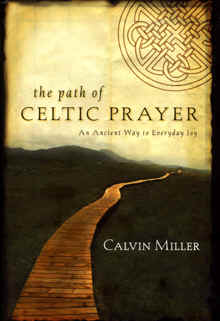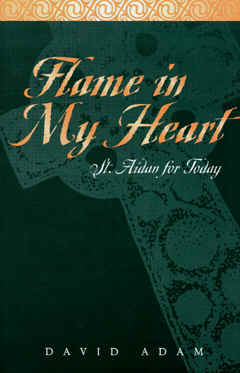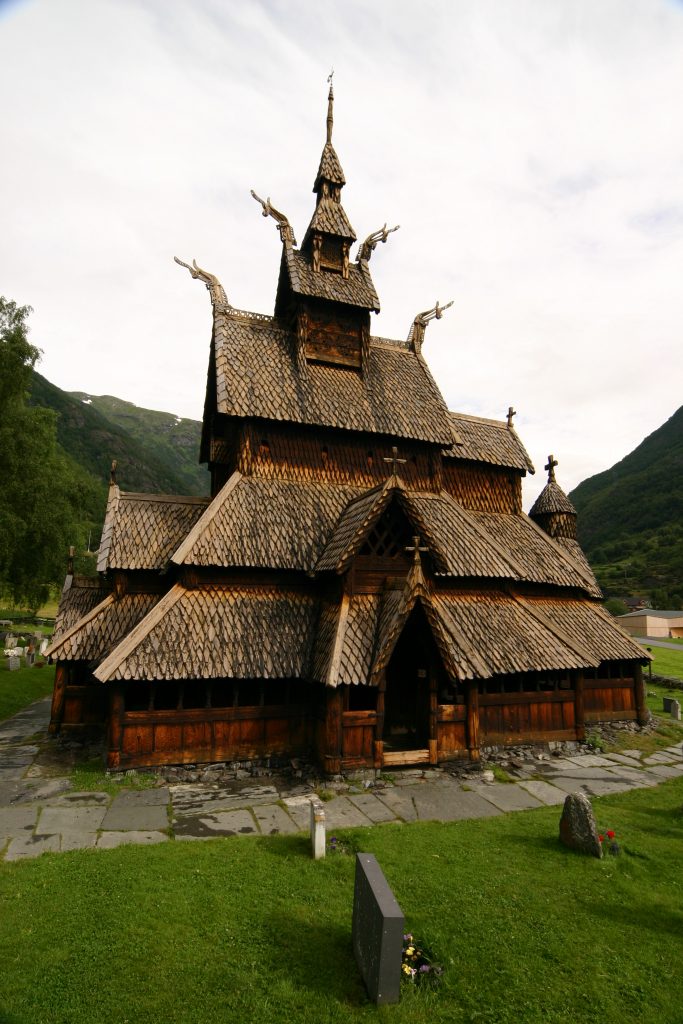
“The LORD is my light and my salvation; whom shall I fear? The LORD is the strength of my life; of whom shall I be afraid?”
-Psalm 27:1
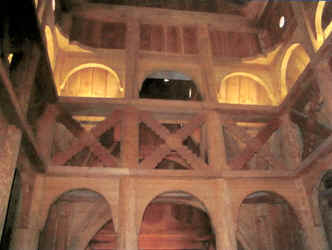
“God is within her; she will not fail.”
-Old Norwegian Saying
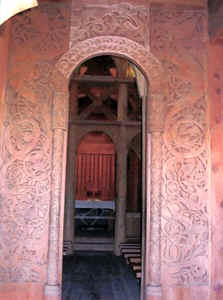

VIKING STAVE CHURCH (STAVKIRKE) IN NORWAY
The majority of existing Stave Churches are found in Norway, but related church types were once common all over northwestern Europe.
Borgund Stave Church (Borgund Stavkirke) is a stave church located in Borgund, Laerdal, Sogn, Norway. It is classified as a triple nave stave church of the Sogn-type.
It is the best preserved of Norway’s 28 extant stave churches. It was probably built at the end of the 12th century, and has not changed structure or had a major reconstruction since that date.
Most striking and odd to modern Christian eyes are the four dragon’s heads, like those used on the prows of the old Viking ships — these were placed on the highest roof-peaks to serve the same function as the gargoyles on medieval Cathedrals — to ward off evil spirits.
It should be noted that many more Christian crosses than dragon’s heads adorn the peaks of the church roof.
A Stave Church is built around four central giant upright logs (staves, or pillars) with other upright logs used additionally throughout (see: “Floorplan of the Borgund Stave Church,” in the Upper Right-hand Column of this page).
A stave church is a medieval wooden church with a post and beam construction related to timber framing. The wall frames are filled with vertical planks.
The load-bearing posts (stafr in Old Norse) have lent their name to the building technique. Related church types are post churches, and churches with palisade walls.

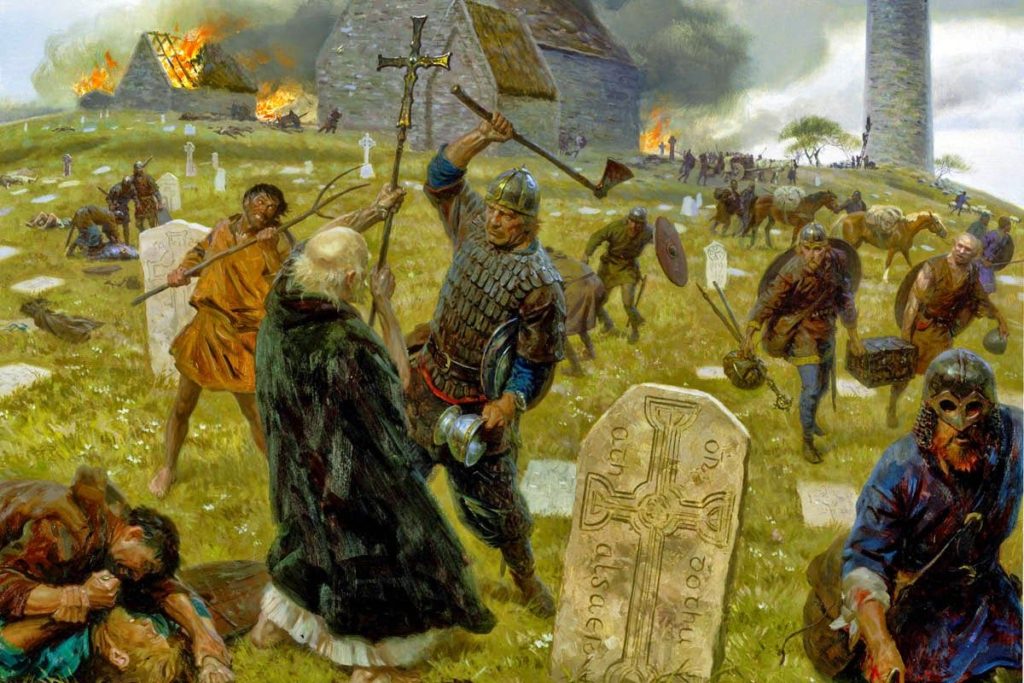
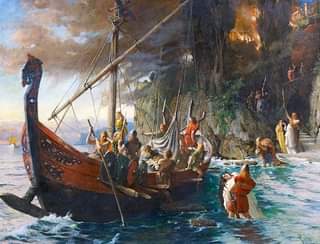
(Above and at Left) The Viking Age began when raiders attacked the Celtic Christian Island Monastery of Lindisfarne (Northern England) on June 8, 793.
The Viking Age Ended
when the Viking King Harald III of Norway (Harald Sigurdsson, called Harald Hardrada in the Sagas) attempted to conquer England, and was defeated at the Battle of Stamford Bridge on September 25, 1066.
Less then 3 weeks later, on October 14, England was conquered at the Battle of Hastings by William the Conqueror, grandson of Rollo, the first Duke of Normandy, a Viking who had converted to Christianity.
Rollo’s Norse name was “Hrolf Ganger” (“Wolf the Walker”). “Walker” because he was a giant warrior, too large to ride any of the small Scandinavian ponies.
Over time, the Vikings converted to Christianity, those in Iceland being the last major group to do so, around 1,000 A.D.
“THE CHAPEL IN THE HILLS”
THE STAVE CHURCH IN RAPID CITY, SOUTH DAKOTA
There is a breath-takingly beautiful replica of the Borgund Stave Church,
called “The Chapel in the Hills” located in Rapid City, South Dakota, in the Black Hills.
The two photos at Left were both taken of it. It is an absolute “must-see” if you are in the area.
Some of us have visited it five or six times so far.

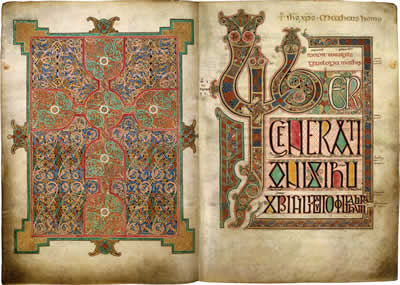


AIDAN’S LINDISFARNE
(For more on Lindisfarne, see our webpage: Aidan’s Prayer (Prayer Category).
Aidan was the Irish Celtic Christian Monk sent as a Missionary from Columba’s Monastery island of Iona, Scotland, to the Angles of Northumbria (Northern England).
Aidan founded the Monastic Community on Lindisfarne in 635 A.D.,
and from there converted northern England to Christ.

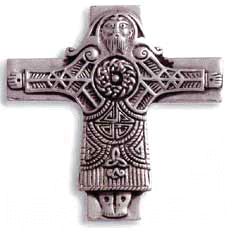

OLE HaLLESby wRitiNG AbOut pRayER :
“We need to learn to know Him so well that we feel safe when we have left our difficulties with Him. To know in that way is a prerequisite of all true prayer.”
“Our prayer life will become restful when it really dawns upon us that we have done all we are supposed to do when we have spoken to Him about it. From the moment we have left it with Him, it is His responsibility.”
“Pray a little each day in a childlike way for the Spirit of prayer. If you feel that you know, as yet, very little concerning the deep things of prayer and what prayer really is, then pray for the Spirit of prayer.
There is nothing He would rather do than unveil to you the grace of prayer.”
-O. Hallesby, Author of the Book, “Prayer” (For his opposition to the Nazis, he was imprisoned in the Grini Concentration Camp for two years, until the war ended.)
This Website: PrayerFoundation Evangelical Lay Monks ™ Built by: S.G. Preston Ministries ™
Copyright © 1999-2024 S.G. Preston. All Rights Reserved.
Photos & Text Copyright © 1999-2024 S.G. Preston. All Rights Reserved.
